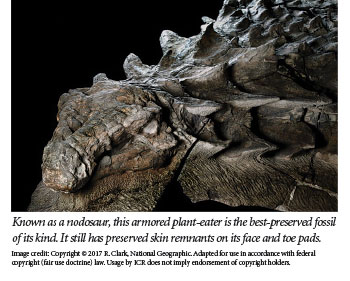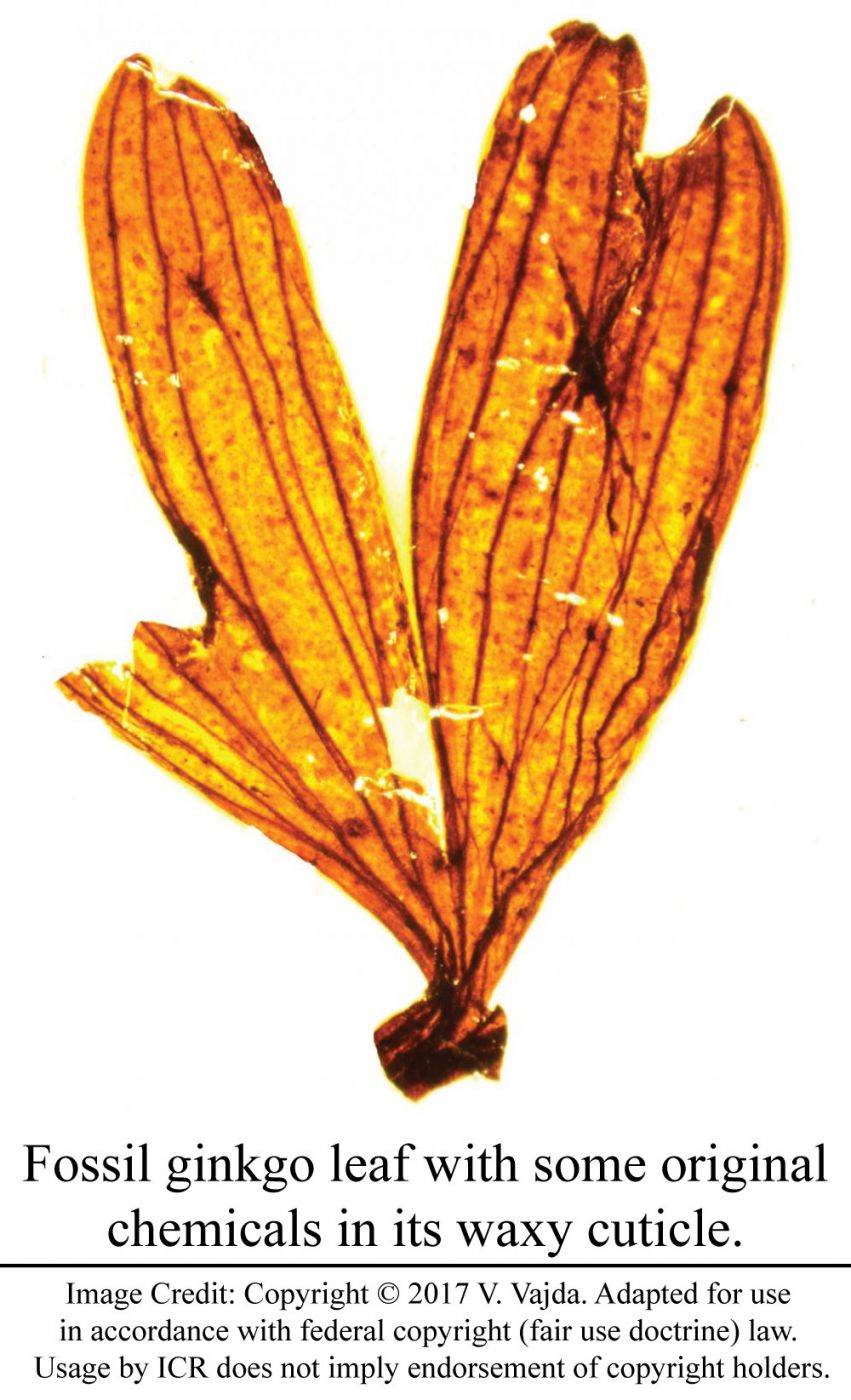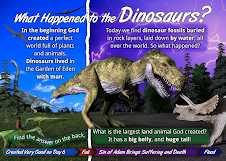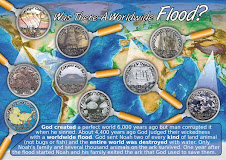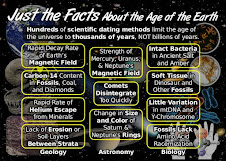Army atheist yells, ‘God save me’, as shells explode
This article arose from an exchange of information between CMI’s translations facilitator Roger Griffiths and John T. Tolbert, an evangelist working with several language groups in Asia, primarily Vietnamese.
Published: 12 December 2017 (GMT+10)

John recalls, as a five-year-old, looking up at the sky, and realizing there must be a God. At 17 years, he joined the US Army, which was engaged in the Vietnam War. During basic training, an older colleague, hearing that John believed in God, gave him Mark Twain’s Letters from the Earth, which lampoons the Bible. John says, “Not having read the Bible, I fell for it, and became an atheist.”
In March 1969, he arrived in Vietnam and became an interpreter of Vietnamese. That period in his life had a huge impact, because he discovered that when the shells were falling around him and people were getting killed, “I was running for the nearest bunker praying, ‘God save me’!”
Looking for life’s purpose
Honourably discharged in April 1970, John returned to the US and immediately enrolled at the University of Delaware. He was constantly discouraged by the fact that he did not know the purpose of life, or even if it had a purpose. If anyone sat down next to him at a bar, within minutes he would ask, “What do you think the purpose of life is?” No one had a satisfying answer.
John was so turned off by the Vietnam War that he decided to study political science. In the introductory course, he was enamoured with the reasoning and eloquent language of some Supreme Court opinions. Something about ‘truth’ captured his heart and he naïvely thought the study of law would lead him to the ‘truth’. So, after he received his B.A. in political science, at the age of 24 he decided to go to law school.
John says, “While a law student, I went to a Christmas Eve party. I left it about 2 am, drove out to the countryside, and parked near a big field. I walked out into the field and just stared up at the sky and the blinking stars. It seemed like a cold, lonely universe.” Then, as John thought about God, he began to cry, and called out, “God, I know you are there. Why can’t I know you? Send me a priest to tell me about you.”
Nothing happened. No meteors flashed through the sky. Dejectedly he walked back to his car and drove home. But God had heard that prayer.
John’s ‘priest’ arrives
John began to practise law in Delaware. One day, he was assigned a new client, a church pastor, and so met his ‘priest’. John observed that the pastor always brought a Bible with him, and prayed before making decisions about the case. What surprised John was that the pastor clearly seemed to think that someone was listening at the other end.
John was aware that the Bible taught a six-day creation, which was contrary to everything he had ever been taught. “So in my arrogance, and belief that I was smarter than the pastor, I decided to challenge him. One day when he came to my office, I picked up his Bible and said, ‘How can you believe in the Bible, when it’s wrong in the very first chapter’?”
He smiled, and said, “What do you mean, Mr Tolbert? Evolution?”
John replied, “Yes, evolution. Six-day creation. Noah’s Ark.”
“Come on!” He said, “You’re a lawyer, right?”
John said, “Yes.”
Then, he asked John a question that changed his life. He said, “Do you always form conclusions before you’ve studied both sides of the evidence?”
John was stunned, and said, “Are you saying there is evidence for a sudden creation, and against evolution?”
He said, “Quite a bit. Do you have an open mind?”
John replied, “Yes, I do.”
He said, “Ok. Next week I’ll send you some books written by PhDs in their fields, who don’t believe in evolution. They believe in a sudden creation by God, just as Genesis says.”
Sure enough, the next week, two people from his church brought a stack of books on creation and evolution. One of them was Beverly, whom he would marry three years later. But at that time, he was only interested in seeking ‘truth’.
As John read the books, he says he realized three things:
- Evolutionists, when pressed, seemed to admit that there was very little evidence to support their conclusions.
- The Genesis account of Creation and the Fall provided a serious, cogent explanation for the existence of the universe, and in many ways accounted for the sometimes horrible world in which we live.
- Genesis 3 provided the best explanation he had ever encountered concerning how there could be a ‘good’ God and a ‘terrible’ world.
Checking the sources
One morning in 1980, John took the books to the public library and began looking up the footnotes in the original sources (Nature, Science, Smithsonian, etc.). As John put it, “There was no distortion, twisting or misquoting. I slowly pushed my chair back from the table covered with all the original source materials, and said to myself, ‘Evolution is the biggest fraud that has ever been perpetrated upon the world. I have been deceived’.”
John then began to study the Bible, and about two to three months later, got down on his knees in his apartment and said to Jesus: “You are who I have been looking for, for 25 years. I am yours.”
“And that’s how I got saved,” John said. “It was obvious to me that the Scriptures taught a sudden creation in six 24-hour days. As a lawyer, I could reach no other conclusion. I had become convinced of the total reliability and inerrancy of the Bible.”
“I also was convinced that creation was recent,” John said. “Jesus said that ‘from the beginning of creation, God made them male and female’ (Mark 10:6), and He spoke of the blood of all the prophets shed ‘from the foundation of the world’ (Luke 11:50).”
Evangelism and translation
In 1999, a church in Maine called him to be their pastor, and in 2002, John and Beverly commenced eight years service in Vietnam with the Association of Baptists for World Evangelism (ABWE). In 2010, they moved to Taiwan to work among the Vietnamese there.
In addition to this evangelism work, John also leads a team of 10 Vietnamese native-speakers helping to translate the GotQuestions.org website (an apologetics site that also holds to six-24-hour-day creation) into Vietnamese. He has also helped proofread a portion of the articles translated into Vietnamese and featured on CMI’s website creation.com.1
In 2010, John wrote a 20-page tract called The Ancient Path, which has been printed in Vietnamese, Burmese, Chinese, and Nepali, with over 1,600,000 copies distributed. They are also working on getting it translated into the native tongues of some people groups in Asia that do not yet have the Scriptures translated. It answers the most common objection to Christianity in Asia—that Christianity is a Western religion.
John advises, “Virtually all Asians believe that Christianity is an American or Western religion. The idea of ‘sin’ clashes with ‘karma’, and so we have to deal with Buddhism and Hinduism. Most Asians just think that the universe ‘has always been there’. So in evangelism, starting with ‘the beginning’ is crucial (Luke 24:27).” The Ancient Path does this effectively, with pictures.
Inspired by this article?
John, who has been reading CMI’s articles for years, says this is “because they are so well-reasoned and well-documented”. He says, “There is no reason to abandon the historical and traditional view of Genesis 1. There is an infinitely powerful God who loves us, who created the entire universe in six days and then stopped creating. It’s as simple as that!”
John and Beverly are people who believe what God says, take Him seriously, and respond by using their talents to point others to God. It leaves a question for us: how are we using our talents to do likewise?
If you are fluent in a language other than English, perhaps you could help multiply CMI materials by becoming a voluntary CMI translator. Contact translations@creation.com.
